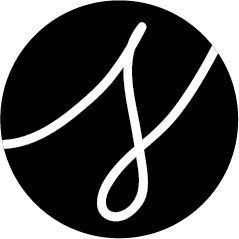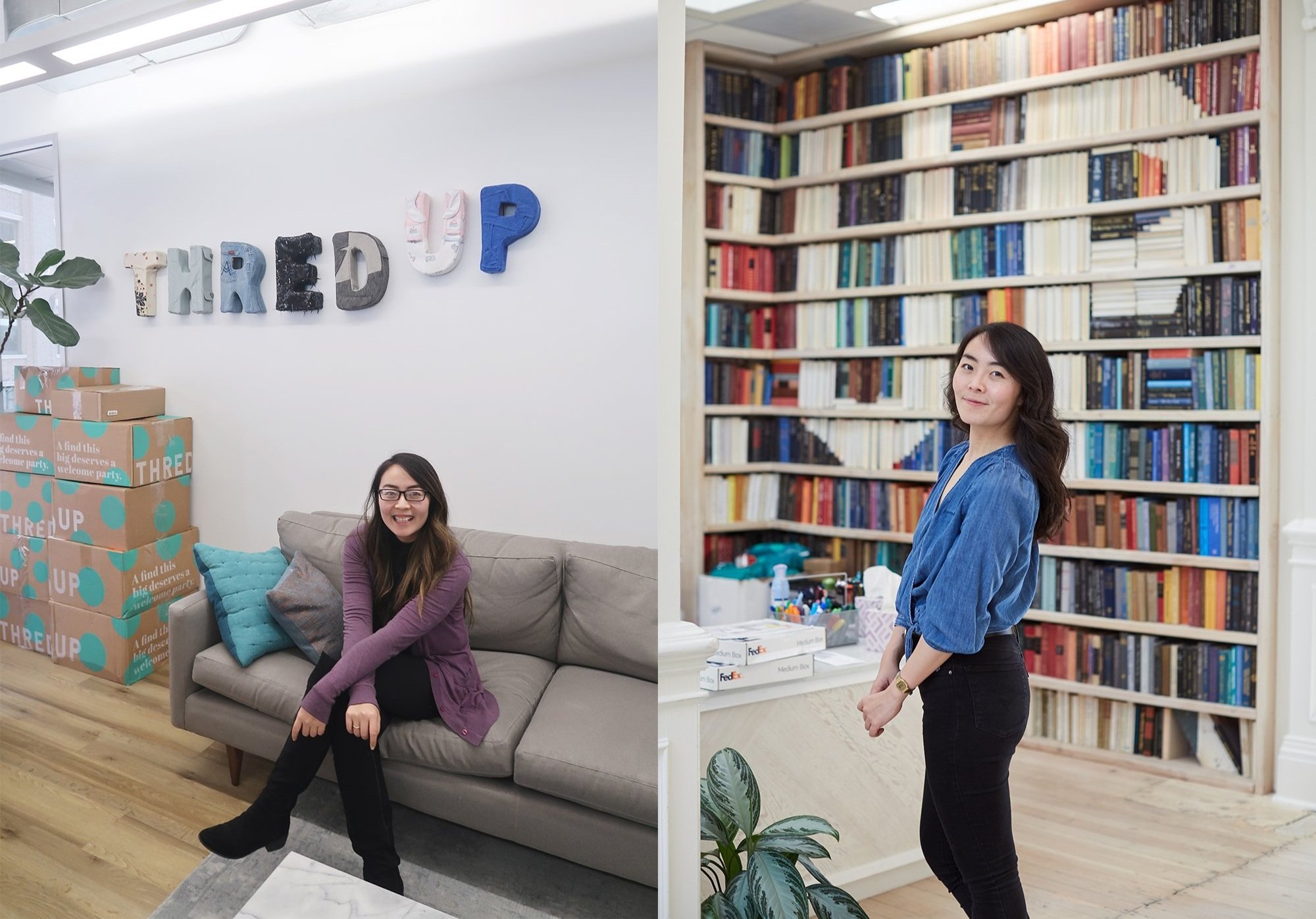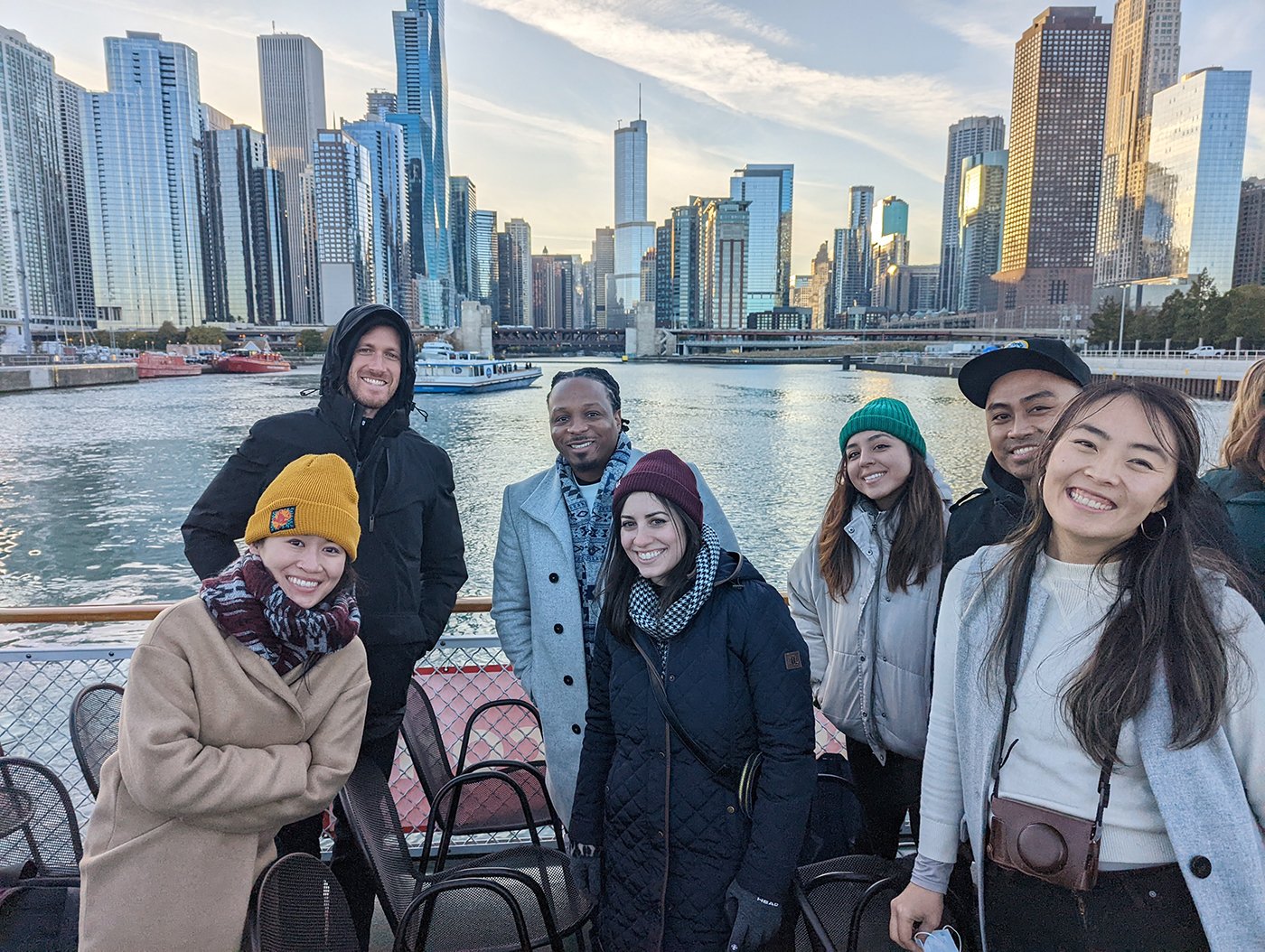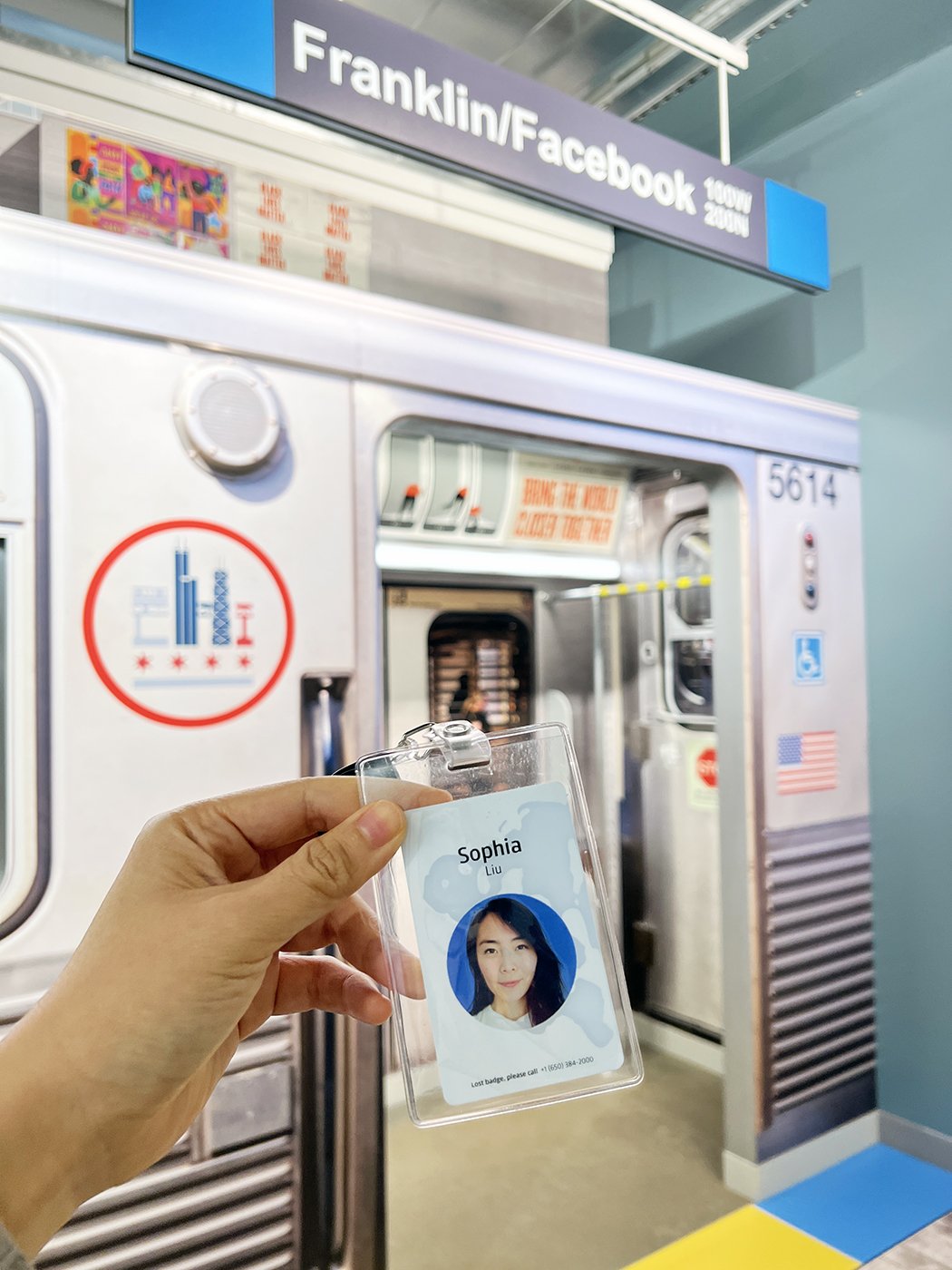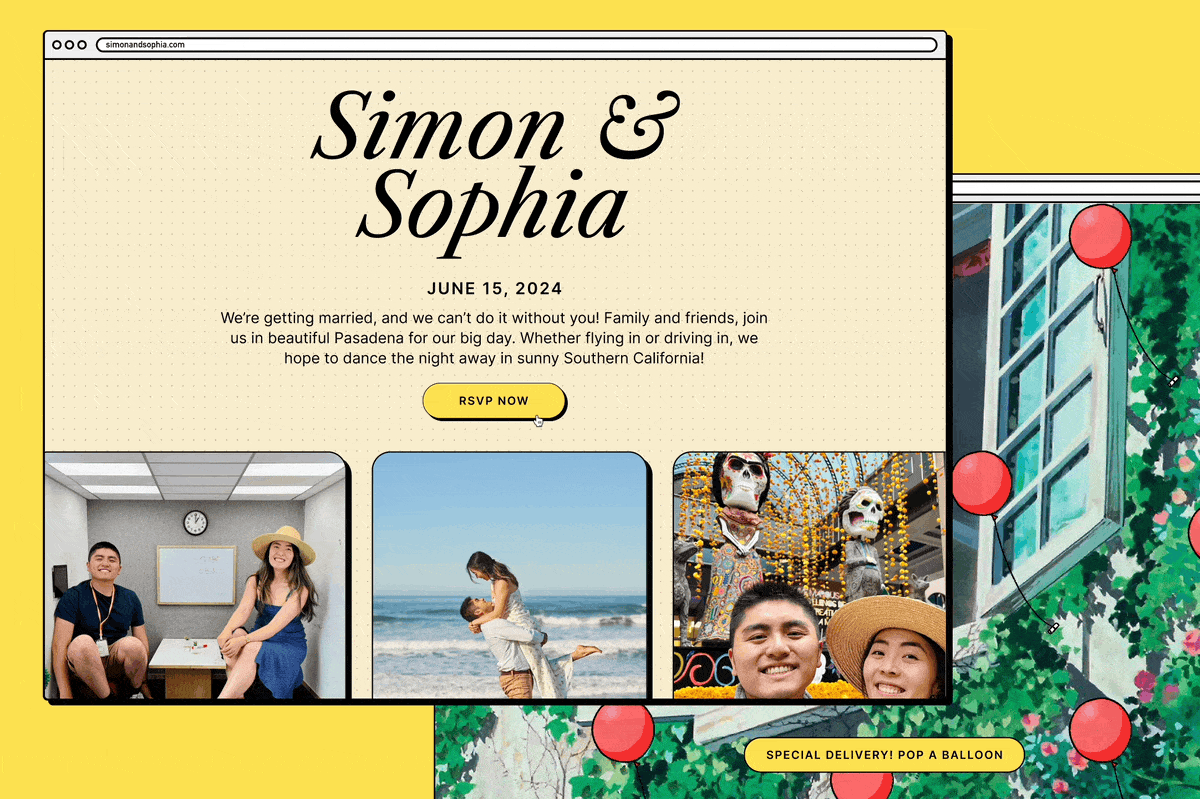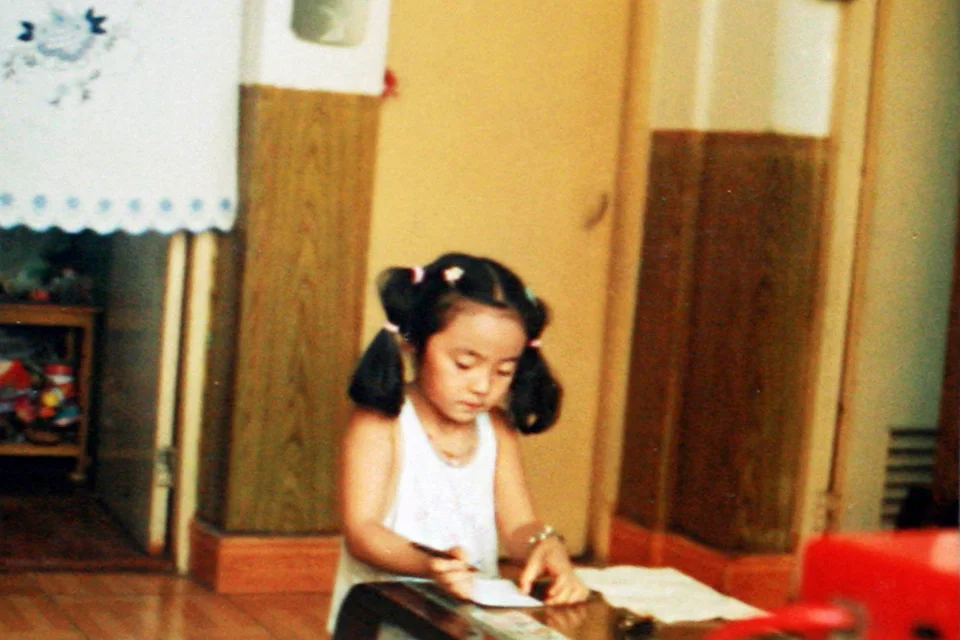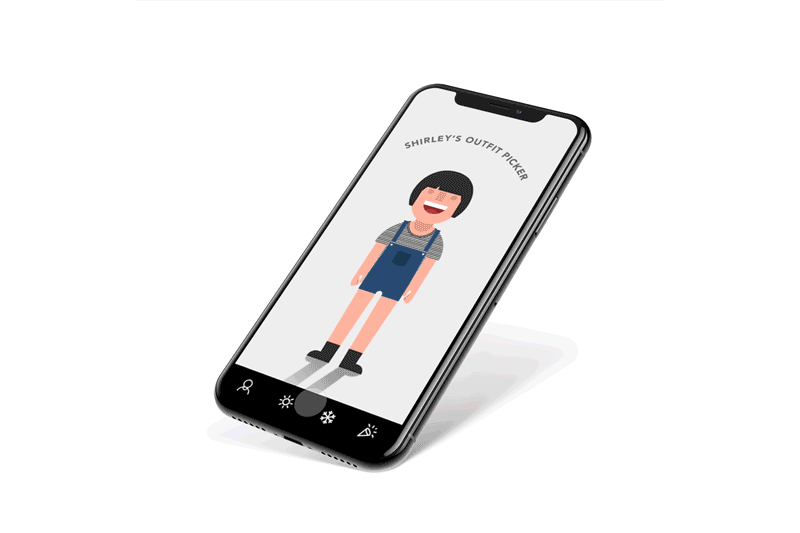How I got my FAANG design job
This month marks the 6-monthiversary of starting at Meta and working as a product designer on the commerce experiences team at Facebook and Instagram. It’s been a wild ride, but the journey to get here was just as exhilarating. Jobs typically don’t just land in your lap, and many new designers I talk to often ask me how it happened. When I was starting out, tech jobs were so mysterious. Unless you hit up a career fair in college and worked an internship in Big Tech (both of which I missed because my career journey had its fair share of twists and turns), I had zero idea how people did it. How do you even make it past the resume application black box?
Part I: Welcome to Silicon Valley
It all started a little over 4 years ago. I was working as a visual designer sitting on the marketing team at a Bay Area consumer electronics startup but wanted to make the switch into product design. I spent a lot of the year teaching myself everything I could and getting exposed to the world of tech. I put together a mini bootcamp for myself, attended local conferences to “network” with design professionals, and participated in a number of hackathons, including one that was held at F8, Facebook’s annual developer conference.
This hackathon was really special. Even though I had no background in development, I applied to hack, got invited to the general conference, and spent two days learning about Facebook’s family of apps, trying out new technologies (hello VR), and dipping my toes into the Facebook universe. It was an amazing experience witnessing the impact of a big tech company. I had used their products for almost a decade, but getting to know the company itself and seeing its scale and potential was eye-opening. I was smitten.
Ecstatic wide-eyed me, after pulling an all-nighter at Facebook’s F8 hackathon event.
The best part of hackathons is meeting people from different backgrounds also looking to break into tech. This was the project we worked on.
Part II: Learning the ropes
A few months later, I was in full on job hunting mode. After dozens of rejections and failed interviews (back in the day we had to show up and face humiliation in-person), I got a call from Karen, who leads the product design team at thredUP. Even though I had little to no real experience (my portfolio was mostly personal projects), I got through the interviews, passed the take-home assignment, and started a new career as a product designer. For what I was lacking in work experience, I like to believe I made up for in eagerness, humility, and a strong willingness to learn.
And boy did I have a lot to learn. A startup was the perfect place to do it. There was no formalized process, and everybody was figuring it out at the same time. I made many mistakes, but over the years I found my way through trial and error. I did my own research, explored and found new tools to use, created a design system, found my groove with PMs, strengthened our relationship with brand designers, started a team blog, and did so many other things that would take months or years to bring to fruition at a larger company. I would not have been able to skip to the senior level I’m at if it weren't for my accelerated learning at a startup.
These are the most important things I learned during my time at thredUP.
Part III: Getting the recruiter call
To be perfectly honest, I have not actively applied to any jobs in the past 2+ years. The job market is saturated, and I don’t want to spend time writing meaningless cover letters and resumes that look like everyone else’s. Instead, I spend that time focusing on my craft, building my portfolio website, establishing my personal brand and making myself interesting not only as a potential hire, but as a person. If you’re here reading my blog you might already know - I have countless creative hobbies (even if I suck at them) and I’m always creating. I do personal projects, I volunteer, I teach, I tell stories, and I share my work online. Over the years I’ve found that consistently putting myself out there sends a message out to the universe, and the universe responds (and rewards.) You just have to be patient. So that’s how I caught the eye of a particular Facebook recruiter.
Moral of the story is: If you want people to be looking, keep your portfolio website updated and make it stand out. Some tips:
Make it easy for you to update. Obviously we’re designer types and want to create custom personal websites because we enjoy that process. But personally, I’d rather spend more time creating work than coding, so I choose to host my site on Squarespace because it’s easy to edit. A portfolio doesn’t need to be flashy or trendy. What matters is that it’s easy to navigate and showcases quality work.
Remember to whom you’re catering your case studies. If the target audience is recruiters, keep in mind they typically won’t spend more than 30 seconds to scan your projects. Yes, I know there is so much story to tell in your case studies. (I’m guilty of it too.) But save that for the interview presentation. Your portfolio is just a hook to get people interested.
Show off your personality and give your portfolio substance. Companies want to hire interesting people. Recruiters and hiring managers scan dozens of portfolio sites everyday, so try to offer more substance than this. Put some thought into how you present yourself to stand out from the crowd.
Part IV: Pitching myself to the team
This is where the interview process begins. If you’ve gotten to this stage, brace yourself for an intense two months of prep. Different companies have different processes when it comes to interviews, but Meta takes a generalist approach when screening designers. Rather than hiring you for a specific team, they’re looking to evaluate your skills in 6 essential areas: product thinking, interaction design, visual design, proactivity and drive, intentionality, and self-awareness. If you meet this bar, you get hired and then matched with a team.
A brief walkthrough of things to expect in your interview, and some personal tips:
Past work presentation
This portion requires you to really think about how to best pitch yourself, communicate your story, and showcase your work in the amount of time allotted. It was the bulk of my prep: creating my slides, writing my speaker notes, assembling my prototypes, and rehearsing timing. Figuring what to show in this short amount of time and talk about it is the hardest part. People want to hear about you and how you do work. Try to minimize business context/jargon and jump straight into the meaty part: your contribution to the project. What did you initiate? How did you solve conflict? How did you contribute to the creation of a new process? Address all 6 essential areas and give interviewers no reason to doubt your abilities.
I designed my slides in Figma and exported them into Keynote to add video recordings of prototypes.
App critique
Analyze an existing app and discuss the design with your interviewer. You’re tested on your ability to recognize and articulate good and bad design, and make recommendations for improvements. This one I didn’t prep for too much because as a designer, I naturally practice critiquing all the time. Looking at visuals and interaction feels second nature. Thinking through the “why” behind design decisions also requires product and business sense. Best way to prep is to practice analyzing commonly used apps with a friend.
Whiteboarding (aka a problem solving exercise)
You’re given a design prompt and 45 min to address the challenge. This portion tests your ability to tackle ambiguous problems and break them down. Not going to lie, but I failed at this part the first time I interviewed. However, by the second time around, I had gotten more practice at using the double diamond process to take on some complex problems at work. I also attended an ADPList session by Auldyn Matthews-McGee, where she encouraged us to think big and think crazy. Remember that they’re not looking for you to actually follow the prompt, but rather use that as a starting point to explore solutions and communicate your ideas with the interviewer. Prove that you know how to take initiative and lead in the face of ambiguity.
Background (aka the behavioral interview)
Talk about who you are, your work experiences, and how you work with others. I think we’re all familiar with what happens during this ubiquitous interview discussion. Demonstrate your self-awareness by reflecting on your past work and career goals. Don’t forget that you’re also interviewing the other party. Learn about the problems and complexities they face at a large company, and get a feel for what it’s like working with these people. What are your expectations and opportunities for growth? How much does the company value design?
Interview prep can be a lot. Luckily not as stressful as engineering interviews (although I wouldn’t truly know), but the constant self-doubt and fear of “I haven’t prepared enough!” can get to you. I put myself under a lot of pressure for weeks, but I knew it would be worth it. Being able to pass a FAANG designer interview shows the caliber of your skills and what you can do. I wanted to prove that to myself.
If you want more info, there is a lot written about this particular interview process all over the internet. Do your research! Disclaimer: Everything written here is just my own personal experience, and does not represent Meta or their recruitment process.
First week at the Menlo Park office completely overwhelmed by the beautiful indoor-outdoor work spaces.
Reflections
When I started this new job, I couldn’t believe it really happened. I finally proved to myself that years of self-learning, exploring, and trusting that my hard work and unwavering dedication to my career do indeed pay off. Me working at a FAANG company is proof that school doesn’t teach you as much as you think (I have never taken a graphic design or web design class), career journeys are windy (there is no one path to success, no matter how much your parents insist), and the only person responsible for your success is ultimately you.
I have so much pride when I tell this story. When I was struggling in architecture school, I knew it was the wrong path for me. I didn’t think school could teach me what I wanted to learn, and I didn’t know any other way. But I let myself play and explore, auditing classes I was interested in and trying a million things. I envied people who were out in the world doing things instead of just following others. I ultimately fell in love with tech because despite people’s backgrounds, they all wanted to dream the future and play a part in creating it. These were the movers and shakers who built companies and careers no one had ever seen before. These were the types of people I want to work with.
Career dreams
Being a designer is such an honor. As designers, we strive to understand people and their needs, and service them. Doing so requires humility, curiosity, and a deep love for problem solving. Being able to transform and visualize opportunities into glimpses of a possible reality and build the future is like magic. We are magicians!
A big reason I wanted to work at a company with a larger team was to meet other designers and cross-functional partners. To surround myself with diverse voices and different perspectives and learn from the best. And from there, see what’s possible in my career from here on out, and grow. Always strive to be growing.
As expected, sharing the news of my new job to friends and acquaintances has not gone without judgment. People will always have opinions, but there is a superpower in not giving a damn. Decide for yourself what your needs are and where you want to go. Haters are always gonna hate and find flaws, but I’m happy to be working here. I’m grateful for what I have and I appreciate every minute of it. Not only do I get to design for change at an unimaginably large scale, I also have the flexibility to pursue my passions outside of my 9-5.
As they say, true success is found not only from the achievement of our goals but also from the happiness and satisfaction derived from pursuing those goals.
The best has yet to come.
